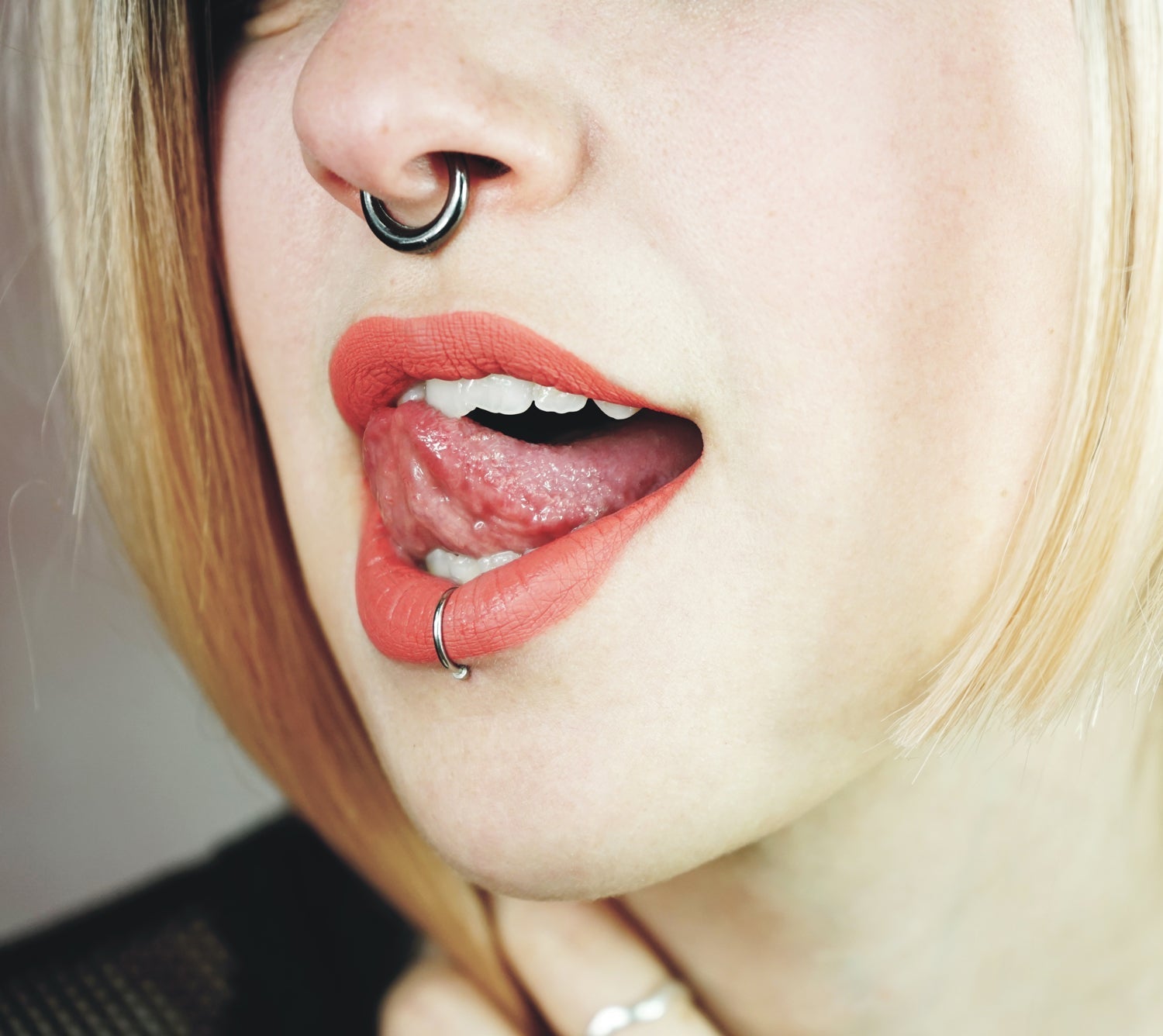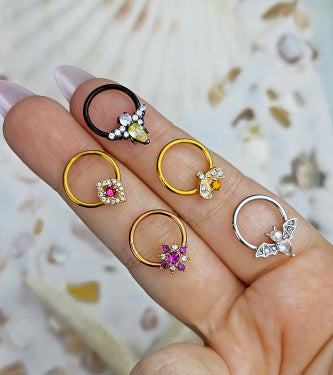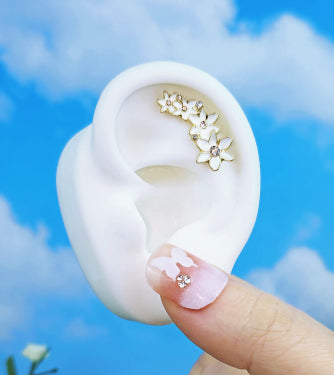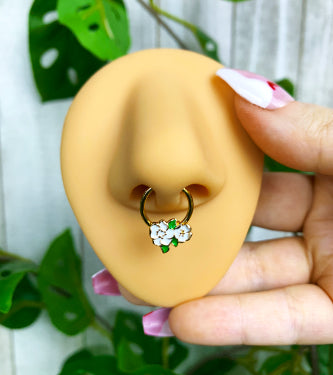If you’re looking for a piercing that’s a bit off the beaten track, you really can’t go wrong with a snug piercing. Or an anti-tragus piercing. Now before you ask, yes these are two different piercings despite being very near to each other on the average ear. So today we’re going to discuss both of these lovely piercings and what the difference is between the two.
Where do they go?
The anti-tragus is the small flap of cartilage at the base of the ear, next to the bottom of the tragus. The divot between the two is called the intertragic notch. While no part of your ear is called the snug, a snug piercing goes through the ridge of cartilage that runs parallel to where a helix piercing would go, tracing the outer part above the location of a conch piercing.

Anatomy
Most ears can handle an anti-tragus piercing. They’re really not that different from a standard tragus piercing, you just need enough flesh there to support the piercing. However, if your anti-tragus is very thick or very flat, it may not be able to support the jewelry. A snug, on the other hand, is a bit more specific. You need a pronounced ridge to support the piercing. Not every ear has this feature so if your ears have a less pronounced ridge, you may not be able to get one. Either way, a professional piercer would need to assess your ear and make sure you have the proper anatomy for either piercing.
Placement
An anti-tragus piercing will go straight through the tissue horizontally, front to back. There should be a reasonable amount of space around the piercing so that it is neither too deep or too shallow. An anti-tragus piercing will go through the ridge horizontally, side to side. Again, it is important that this not be placed in a way that is too shallow. A piercing that is too shallow is liable to migrate or reject.
Jewelry
Both of these piercings are generally performed with a curved barbell. You may be able to switch the jewelry out to a circular ring once it is healed. This is a conversation you would have to have with your piercer and would depend on how comfortable the circular jewelry is with your own anatomy. (Every ear is different, like fingerprints. What works for one person may not work for another, so it can be difficult to speak in absolutes when it comes to piercings and jewelry.) If you like the look of a curved barbell and find it comfortable, there is no reason you have to change it unless you want to.
Healing and Cleaning
Cleaning either piercing is the same as any other cartilage piercing. Spray twice a day with sterile saline solution, rinse with clean water, and pat dry with clean hands and a clean paper towel. Healing is a bit different from your standard cartilage piercing, however, in that it takes longer. Either piercing takes anywhere from a year to 18 months to fully heal. Snugs are said to be a bit fussier during the healing process, probably due to there being more cartilage involved. (That ridge is usually thicker than the anti-tragus is.) Don’t forget to keep your appointments to downsize your jewelry and do your best not to sleep on them. A traveler’s neck pillow can be a huge help with this, allowing you to place your ear in the center hole. If you are looking for a cartilage piercing that heals quickly, these aren’t the piercings you are looking for.
Rejection and Migration
Neither piercing carries an increased risk of migrating or rejecting, if they are done properly on correct anatomy. But any piercing comes with a risk of migration or rejection. This is not as likely as with, say, a surface piercing but the possibility is not zero. It’s something to keep in mind if you are thinking about getting either one.
So, there we are! Snug piercings and anti-tragus piercings are both nifty and not very common piercings. But either one can add a unique touch to your ear that shouldn’t be overlooked. While the healing process is lengthy for both of them, it can be worth it if you want a piercing you don’t see often and are willing to be patient with the healing process. Happy piercing!






